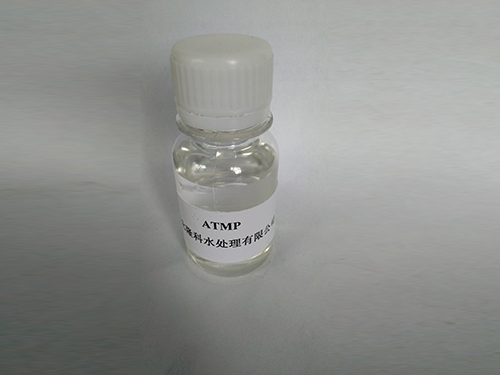Understanding the Composition and Uses of Poly Aluminum Chloride in Various Applications
What is Poly Aluminum Chloride?
Poly Aluminum Chloride (PAC) is an inorganic polymer primarily used in water treatment, as well as being a key ingredient in various industries, including pharmaceuticals, food processing, and cosmetics. PAC is a type of aluminum salt, specifically a coagulant that plays a crucial role in purifying drinking water and treating wastewater. Understanding its properties, benefits, and applications is essential for industries that prioritize efficiency and environmental safety.
Chemical Composition and Characteristics
Chemically, Poly Aluminum Chloride is represented by the formula Aln(OH)mCl(3n-m), where n and m indicate the degree of polymerization and hydroxylation, respectively. This composition highlights that PAC is a complex of aluminum hydroxide and aluminum chloride, which can exist in several forms including solid and liquid.
One of the key features of PAC is its high solubility in water compared to traditional aluminum salts like aluminum sulfate. This solubility allows PAC to be more effective at lower concentrations, making it an attractive option for numerous applications. Moreover, PAC has a varied molecular weight and structure, which can be tailored to meet specific treatment requirements.
Role in Water Treatment
Water treatment is perhaps the most prominent application of Poly Aluminum Chloride. Its coagulant properties enable it to effectively remove suspended particles, colloids, and impurities from water. When added to water, PAC dissociates to form aluminum ions, which interact with negatively charged particles, leading to the formation of larger aggregates (or flocs). These flocs can then be easily removed from the water through sedimentation or filtration.
PAC is particularly beneficial in treating turbid water, as it can function well over a wide range of pH levels. This adaptability makes it suitable for various water sources, including surface water and groundwater, allowing municipalities to provide clean drinking water efficiently. Furthermore, due to its lower dosage requirement, PAC can reduce the volume of residual sludge produced during treatment, which is advantageous for waste management practices.
Industrial Applications
what is poly aluminum chloride

Beyond water treatment, Poly Aluminum Chloride is used in several industrial applications. In the paper manufacturing process, PAC serves as a sizing agent to enhance paper quality and reduce the amount of water in the pulp process. In the textile industry, it acts as a coagulant and helps in dye fixation, ensuring that colors remain vibrant and consistent.
Moreover, in the food industry, PAC is utilized for clarifying beverages and even in processes like sugar refining. Its ability to effectively remove impurities ensures that the final products meet safety and quality standards.
In cosmetics and personal care products, PAC is sometimes found in formulations due to its emulsifying properties, contributing to the stability and consistency of creams and lotions. The versatility of this compound highlights its importance across various sectors.
Environmental Considerations
As industries become increasingly aware of their environmental footprint, the use of eco-friendly chemicals like PAC is gaining popularity. Unlike traditional coagulants that may produce hazardous byproducts, PAC is relatively safe for both human health and the environment when used according to guidelines. Its ability to minimize sludge production during water treatment is also a step towards sustainable practices.
However, it is essential to use PAC in appropriate concentrations and to monitor its effects on ecosystems. Continuous research is ongoing to ensure that the application of PAC remains effective without compromising environmental integrity.
Conclusion
Poly Aluminum Chloride is an essential chemical in modern water treatment and various industrial processes. Its effectiveness, adaptability, and relatively benign nature make it an ideal choice for many applications. As industries strive for safer and more efficient practices, PAC stands out as a valuable resource in achieving cleaner water and enhancing product quality. Understanding its use and benefits can aid businesses and municipalities in making informed decisions that align with public health and environmental sustainability goals.
-
Water Treatment with Flocculant Water TreatmentNewsJun.12,2025
-
Polymaleic AnhydrideNewsJun.12,2025
-
Polyaspartic AcidNewsJun.12,2025
-
Enhance Industrial Processes with IsothiazolinonesNewsJun.12,2025
-
Enhance Industrial Processes with PBTCA SolutionsNewsJun.12,2025
-
Dodecyldimethylbenzylammonium Chloride SolutionsNewsJun.12,2025





